All About Eves
Eve becomes a woman of many lives, whether trying her first cigarette or weeping in a wedding dress.
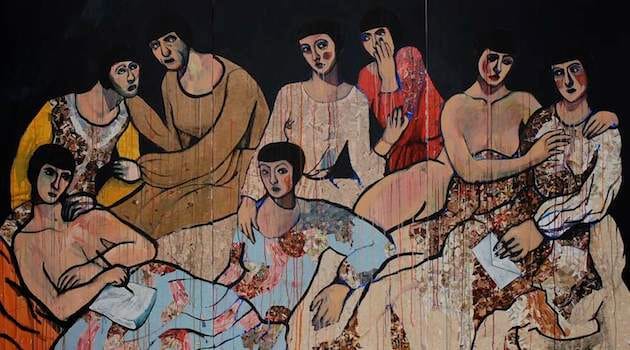
Interview by Karolle Rabarison
The Morning News: Eve’s stories take inspiration from memory and fiction, and you’ve described different versions of the character as being both yourself and selves you could have been. How has Eve’s character evolved since she first appeared in your paintings?
Ghadah Alkandari: I’ve been drawing my girls and women for as long as I remember. People always asked me who they were, if they had names. To me they were always anonymous, timeless and androgynous. Until “Stories of Eves.” Continue reading ↓
All images used with permission, all rights reserved, copyright © the artist.

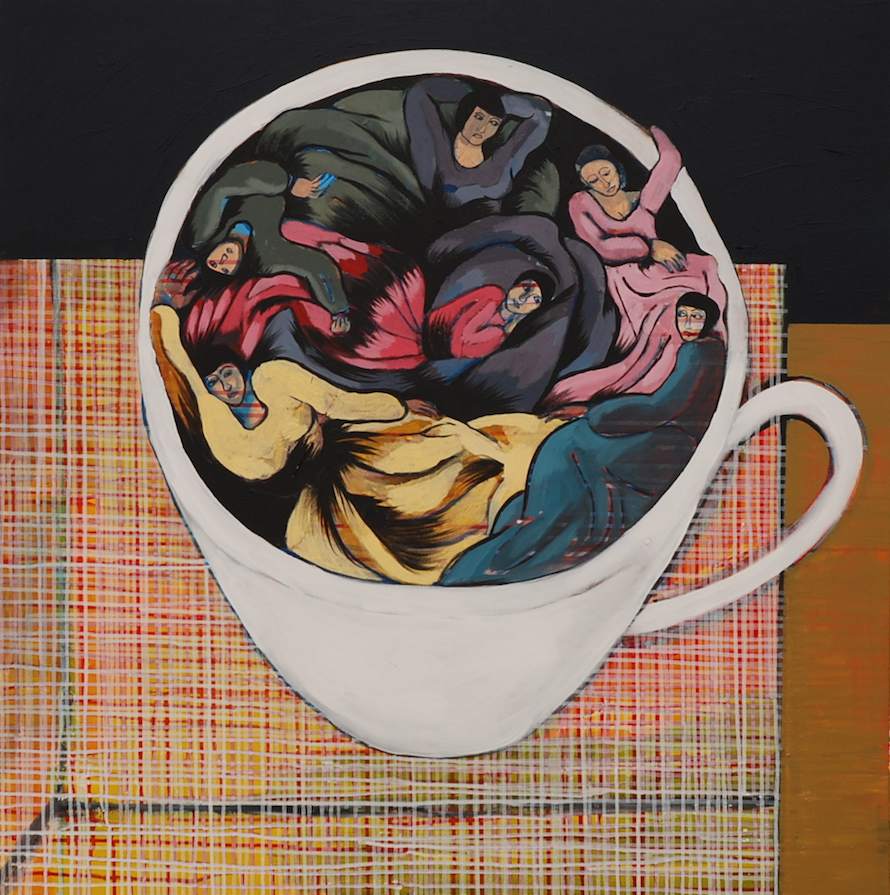
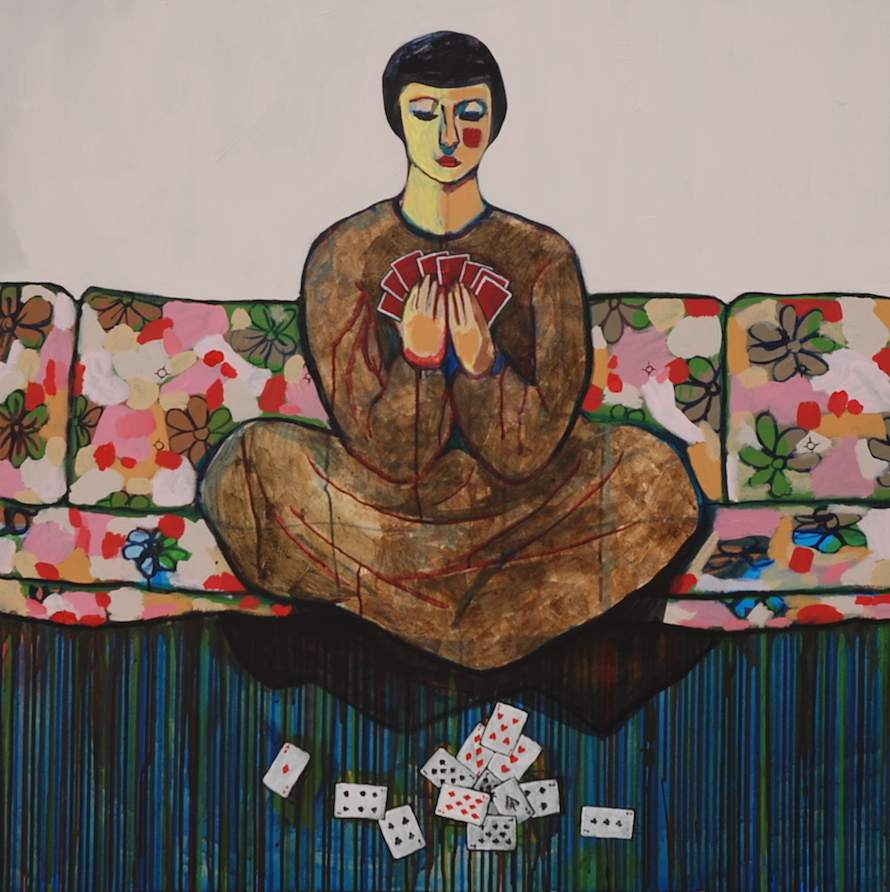
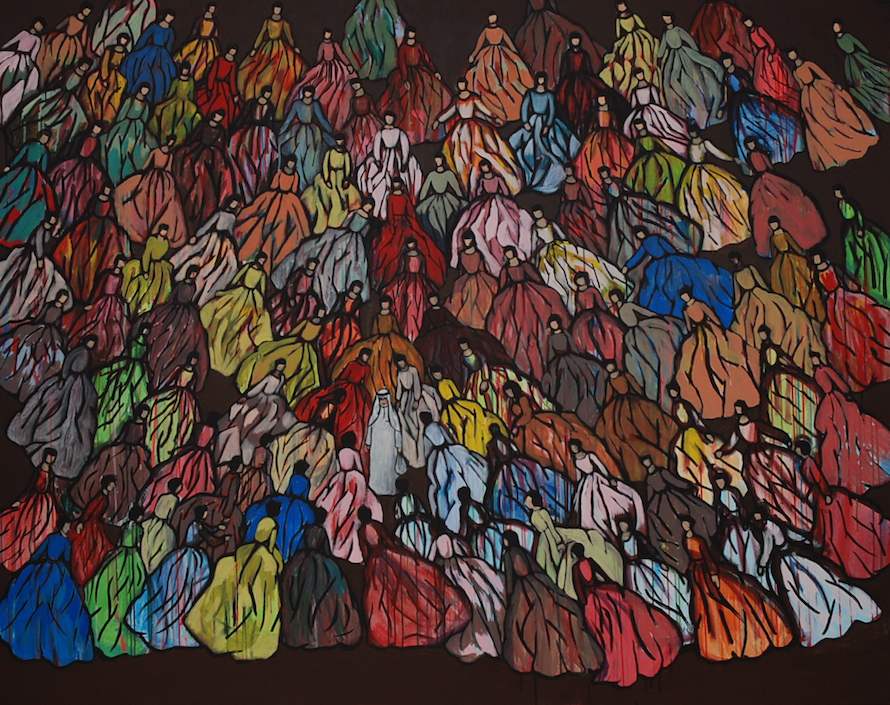
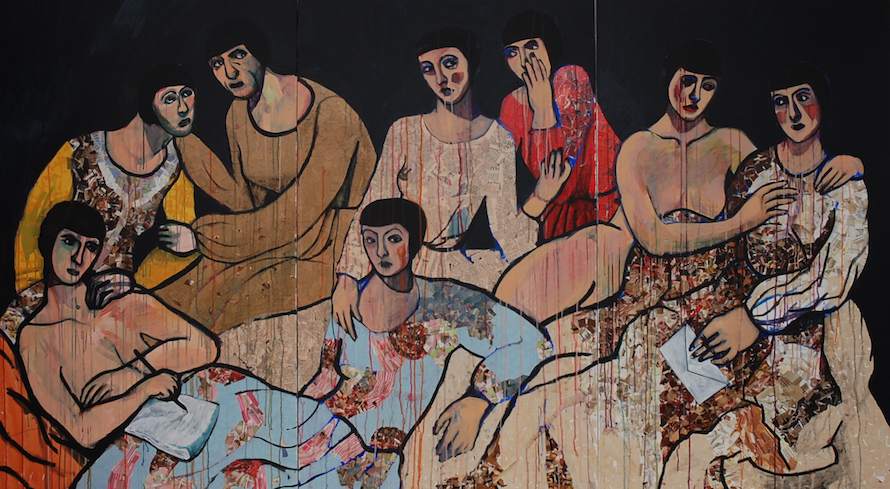

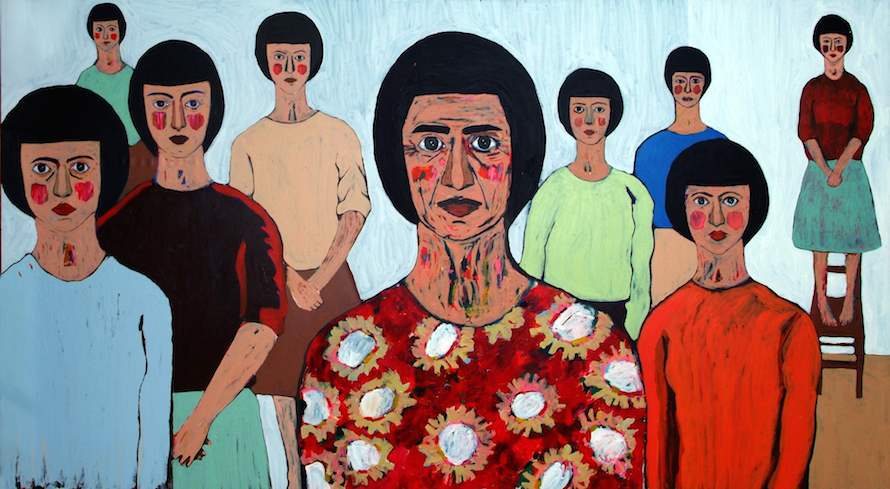
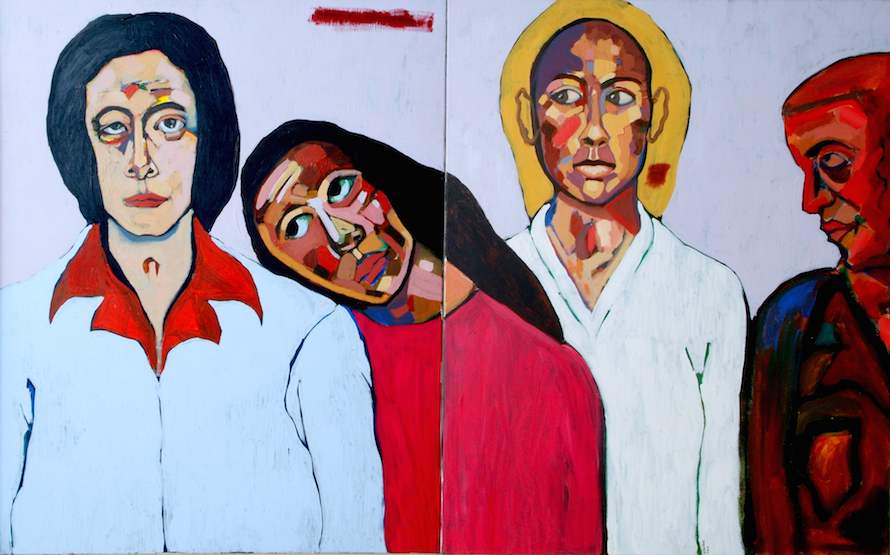
Interview continued
Eve—حواء in Arabic—is a term often bestowed upon women in fluffy Arab magazines. I found this term offensive and annoying, and years ago I cringed when it was used to refer to me in an article that, had I been older and wiser, I would not have agreed to!
So in 2013 I decided that every single woman in the “Stories of Eves” series would be called Eve. And it stuck. Now people refer to any of my characters as Eve, believing her to be just one person.
TMN: Why is the term “Eve” so offensive?
GA: I think it’s offensive to any thinking woman who regards herself as a complex and unique individual. It’s an extremely general label clustering half the earth’s population into one homogenous organism.
TMN: Ah, I see. So what’s the art scene like in Kuwait?
GA: I always find this question difficult to answer because I feel isolated from the art world outside my home. Maybe that is testament to how I regard the “art scene” in Kuwait. This is in no way the fault of the artist, whether they are a writer, a photographer, or any other creative. We have pockets of artistic people who are loosely united by gallery shows and events. We do not have a proper art school nor an organization which has a genuine interest in promoting young artists. Galleries such as the Contemporary Art Platform and Sultan Gallery are the few that strive to lift young talent by granting Kuwaitis exhibitions.
TMN: You grew up spending time in a variety of countries—Egypt, Syria, India. I’m eager to know: How does place influence your work?
GA:
Moving and experiencing different cultures influenced my work by affecting me as a person, whether subconsciously as a child or as an aware teenager and young adult. As the latter, I was very systematic in modeling my thinking and behavior after people whose actions and opinions I admired. And most of these people I met in Cairo. It was the place where I formulated much of my artistic thought and foundations.
When the Metro was opened in the early ’90s, it allowed my friends and me to further explore the diversity of the city. Camera in hand, we’d get off the train at the older parts of town, or the Christian and Jewish quarters. The Metro was a big deal.
TMN: What was the first artwork you ever sold?
GA: The first drawing I ever sold was in high school. It was at the end of my senior year. I sold it to my PE teacher Mr. Malthus to help a friend pay for some overdue library books.
TMN: You started PrettyGreenBullet in 2009 and share sketches and stories on the site nearly every day. Why are these daily shares important?
GA: One of the things I missed about being in school was the opportunity to show my work on a regular basis. I get a buzz from people’s immediate reactions, and a blog is the best platform for that. It also allows me to showcase the “results” of my daily play, works that I normally would not have exhibited. And it opens doors for more conceptual experimentation—at the time something I wasn’t too comfortable about showing in a conventional gallery setting.
TMN: I’ve enjoyed browsing through far-flung posts from the series “The Traveling Taps,” which I discovered through the blog. If you could send your tapestries anywhere today, where would they go?
GA: As far as locations go, one of the tapestries has already made it to the Holy Grail of sites, and that is Jerusalem. I lost track of it after that, but I was OK with it. The thing about this project was the relinquishing of control. It felt liberating to let go of these works and trust that others would take good care of them. Unfortunately, I’ve lost track of all but one of them, which is momentarily safe and sound in my closet.
I would love to see them pop up in countries I’d never have imagined visiting. Because I used to be afraid of flying, I traveled vicariously through them. I’d be happy to see them in Japan (not Tokyo, that’s too obvious) or the Masai Mara. Oh, and one of my wishes is to have a tapestry hanging from the cockpit of a passenger airliner, preferably a Boeing 747 or Airbus 380, I’m not picky.
